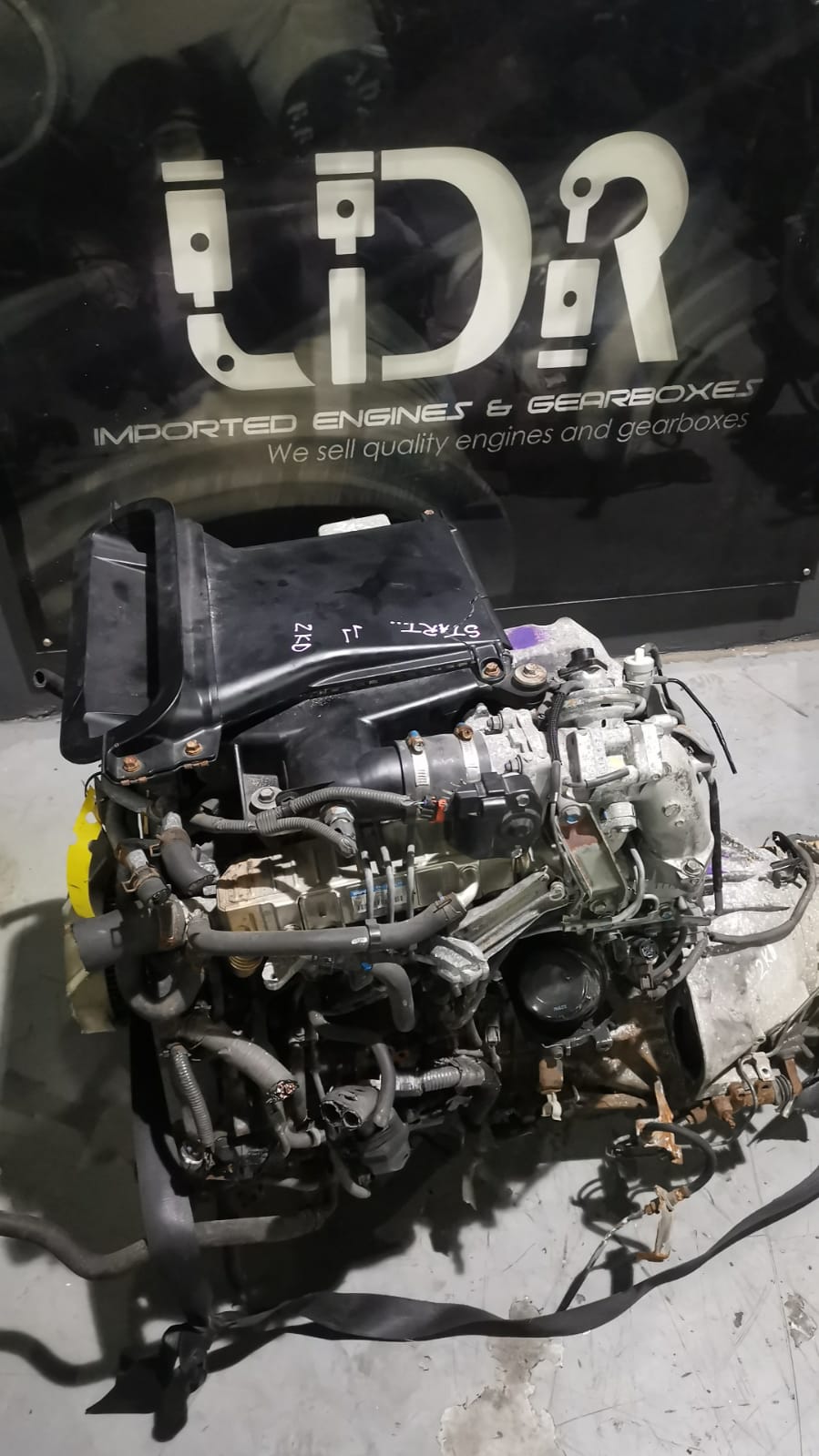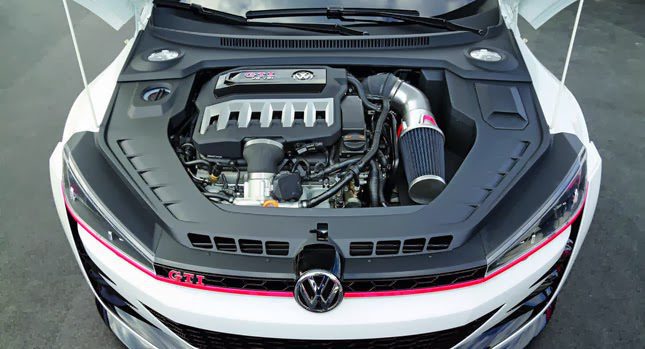The Advantages of Using Import Engines for Car Services
The Advantages of Using Import Engines for Car Services
Blog Article
Checking Out the most up to date Technical Innovations in Import Engines and Exactly How They Enhance Driving Experience
In the world of automobile design, the landscape of import engines is going through an extensive improvement driven by advanced technological innovations. From the development of turbocharged engines to the assimilation of hybrid technology, the most up to date developments are changing the driving experience in methods formerly unbelievable. As import suppliers press the borders of efficiency and efficiency with enhanced gas injection systems and advanced engine management services, the inquiry develops: How do these advancements genuinely impact the way we engage with our cars when traveling?

Advancement of Turbocharged Engines
In the automobile industry, the development of turbocharged engines has significantly transformed the landscape of performance and effectiveness. Turbocharging, as soon as primarily seen in high-performance cars, has currently become a mainstream technology adopted by a wide variety of vehicles, from portable hatchbacks to luxury sedans. The essential concept behind a turbocharged engine is easy yet reliable - forcibly more air into the combustion chamber, it enables even more gas to be melted, causing enhanced power output.
One of the crucial advantages of turbocharged engines is their ability to deliver more power from smaller, more fuel-efficient engines. This scaling down trend has brought about a decrease in exhausts without endangering efficiency, making turbocharging an appealing alternative for car manufacturers aiming to meet rigorous ecological regulations. Turbocharged engines supply improved torque at lower RPMs, giving vehicle drivers with a much more dynamic and receptive driving experience.
As technology remains to advance, we can expect further technologies in turbocharging, causing even higher levels of efficiency and effectiveness in the automotive sector.
Innovations in Gas Injection Systems
Modern fuel shot systems have evolved to provide fuel a lot more efficiently and specifically into the engine cyndrical tubes, improving total engine performance and gas performance. One of the essential innovations in fuel injection systems is the change from conventional port fuel injection (PFI) to even more innovative direct fuel injection (DFI) modern technology.
Furthermore, the combination of digital control systems (ECUs) and sensors in fuel shot systems has allowed for real-time changes to sustain distribution based on different factors such as engine tons, temperature level, and driving conditions. Furthermore, developments in gas injector style, products, and spray patterns have actually contributed to cleaner combustion and smoother engine operation.
Integration of Hybrid Technology
The evolution of gas injection systems towards greater effectiveness and efficiency has established the stage for the seamless integration of hybrid technology into contemporary engines. Hybrid innovation integrates using conventional interior burning engines with electric propulsion systems, supplying boosted fuel effectiveness and lowered exhausts. By incorporating electric motors and batteries right into the powertrain, hybrid engines can supplement the inner burning engine during acceleration or low-speed driving, therefore improving overall efficiency.

Improved Engine Administration Systems
What are the crucial developments in engine monitoring systems that are enhancing the efficiency and effectiveness of modern engines? Engine monitoring systems have actually undergone considerable improvements to optimize engine efficiency and performance.
Additionally, modern-day engine management systems use sophisticated algorithms and fabricated intelligence to evaluate the information accumulated by sensors and make dynamic adjustments to factors such as ignition timing, fuel injection, and turbocharger try this website increase pressure. This level of accuracy and flexibility cause improved engine responsiveness, increased power result, and lowered gas consumption.
In addition, engine administration systems now include advanced analysis capabilities that can find and deal with concerns such as misfires, sensing unit breakdowns, and gas system irregularities in real-time, thereby enhancing total engine integrity and durability. These developments in engine management systems play an important role in boosting the driving experience by supplying optimum efficiency, fuel efficiency, and reliability.
Effect of Lightweight Materials
Incorporating light-weight products in engine production has actually changed the automobile sector's strategy to improving gas efficiency and efficiency. Making use of materials such as carbon titanium, aluminum, and fiber has actually dramatically lowered the general weight of engines, resulting in improved power-to-weight ratios and increased fuel economy. These light-weight products offer a higher strength-to-weight ratio compared to conventional materials like steel, permitting better resilience without jeopardizing performance.
Among the vital advantages of using light-weight materials in engine construction is the decrease of inertia, leading to quicker engine response times and improved general lorry dexterity. Furthermore, the lighter weight adds to lower energy usage, making cars extra eco-friendly by decreasing discharges.
Additionally, the application of lightweight materials in engine components such as pistons, attaching rods, and crankshafts has allowed designers to push the borders of efficiency without giving up reliability (import engines). This advancement has led the way for much additional resources more effective and efficient engines that supply a remarkable driving experience while satisfying stringent emissions standards
Final Thought
Finally, the newest technological developments in import engines have actually considerably improved the driving experience. From the development of turbocharged engines to innovations in gas injection systems, integration of hybrid modern technology, enhanced engine management systems, and using lightweight products, these technologies have collectively enhanced efficiency, gas performance, and general driving dynamics. As technology remains to breakthrough, we can expect even more interesting growths in the future of import engines.
Modern gas injection systems have developed to deliver fuel extra efficiently and precisely into the engine cyndrical tubes, enhancing general engine performance and fuel efficiency - import engines. By incorporating electric motors and batteries into the powertrain, hybrid engines can supplement the internal burning engine throughout acceleration or low-speed driving, thereby enhancing overall efficiency
What are the essential developments in engine monitoring systems that are enhancing the efficiency and performance of modern-day engines? see Engine monitoring systems have actually undergone considerable advancements to maximize engine efficiency and performance. From the evolution of turbocharged engines to developments in gas injection systems, integration of hybrid technology, boosted engine management systems, and the use of lightweight products, these advancements have collectively enhanced performance, fuel performance, and general driving dynamics.
Report this page